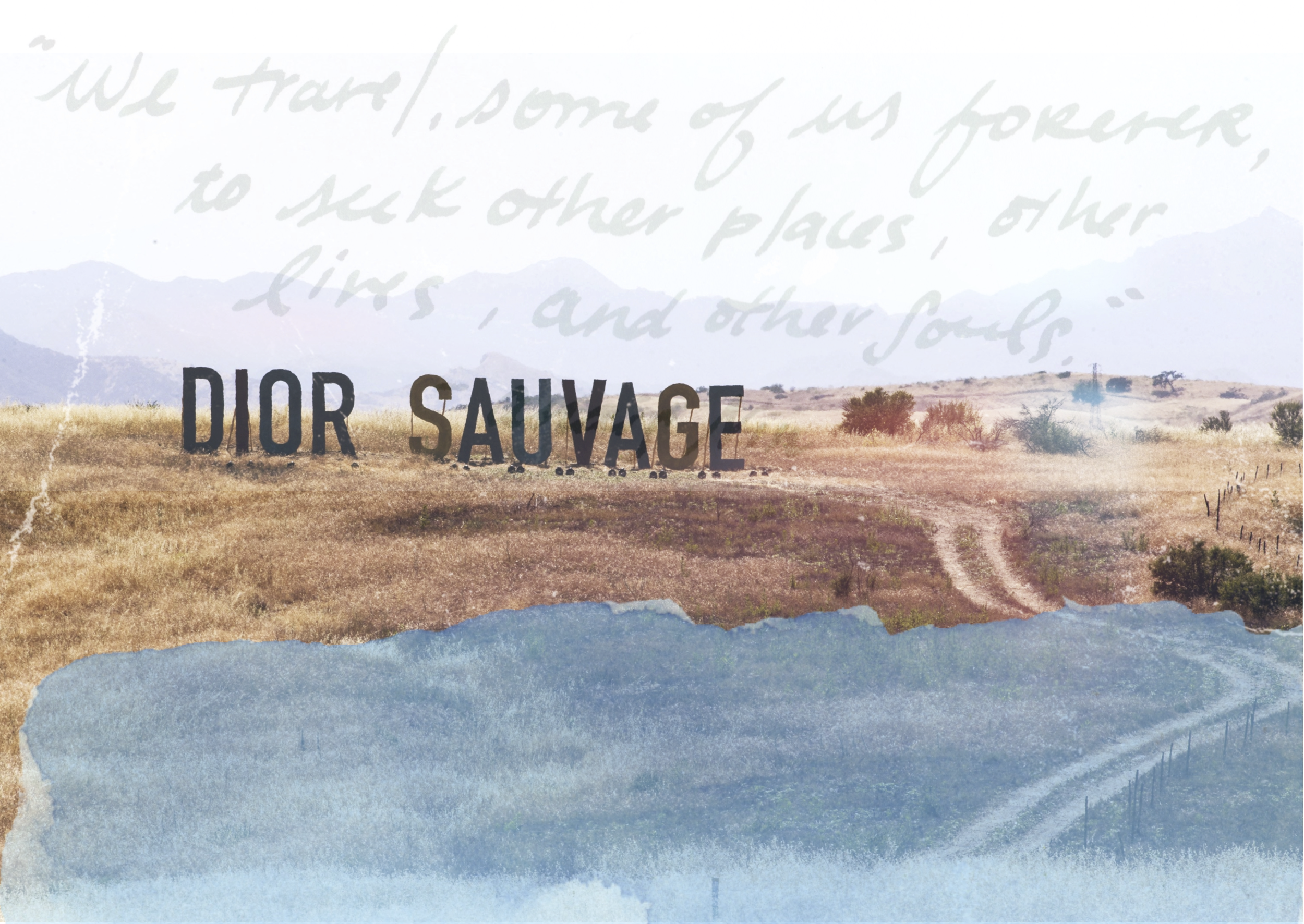
As the sun spreads its rays again across the northern hemisphere, hinting at the delicious promise of summer, fashion’s most respected brands present their holiday inspired resort collections. What intrigued me most with this season was not necessarily the clothes themselves, but I found myself questioning the role of place and its influence within fashion (and on ourselves). While Dior and Louis Vuitton jetted off to exotic locations, to our surprise Chanel and Prada stayed home - a tangy antithesis to the concept of “resort”.
[embed]https://www.instagram.com/p/BTohlSblTix/?taken-by=modernmelange[/embed]
Chanel presented on their home turf, the Grand Palais. However instead of celebrating local Parisian style similar to its pre-fall Metier’s d’Art collection, Karl Lagerfeld sent his audience back in time to the natural opulence of Ancient Greece. I found it clever to bring “Greece” to Paris, transporting the mind to an exotic place and time through the execution of narrative transportation. Lagerfeld, notoriously one never to dwell on the past, took us back to the foundation of democracy or how he put it “the teenage years of our world”. It was a convincing thought, revisiting the bedrock of a democratic society - a welcome reminder amidst such a chaotic political climate.
Lagerfeld stated one must sometimes go back in order to move forward.
[embed]https://www.instagram.com/p/BT3gtv_lcI2/?taken-by=modernmelange[/embed]
Ms. Prada, although much opposed to the commercial crux of cruise collections, returned to the pre-collection calendar after a 5 year hiatus (most likely in response to the struggling financial performance of Prada s.p.a). It was a poetic gesture, showing her collection five stories above the original Prada store, opened by Miuccia Prada’s grandfather Mario Prada in 1913, at the Galleria Vittorio Emanuele II, one of the world’s most magnificent and oldest malls.
The building itself shaped the collection, through its industrial modernity and ornamental elegance. The borrowed influence resulted in a collection regarding the complexity of the female force, with a focus on athleisure emphasising feminine strength and eloquence. I personally liked the idea that the “resort” collection was presented over the heads of the many thousands of eager tourists unaware of the luxury spectacle taking place: a collection ironically intended for the luxury traveler- presented everywhere and no where.
[embed]https://www.instagram.com/p/BT_GE5gF12X/?taken-by=modernmelange[/embed]
Dior and Louis Vuitton however fully embraced the rush of heading abroad. Maria Grazia Chiuri, her first resort collection for Dior, headed West. The Wild West that is. Above the glitzy town of Calabasas (home to the rich and famous), lies the wild prairie frontier of the Upper Las Virgenes Canyon Open Space Preserve. The open space and rolling pasture extended relentless freedom to a thematic collection based on the visions of Georgia O’Keefe, ancient cave paintings, and “California Dreaming”.
Nicholas Ghesquiere for Louis Vuitton, on the other hand, headed to the far East along the outer boundaries of Kyoto, Japan: to the Miho Museum designed by I.M Pei. It was the most futuristic modern building imaginable, almost as if it were built by some extra-terrestrial philocalists which too influenced the futurist aesthetics of the collection.
[embed]https://www.instagram.com/p/BUGp6T4l4M9/?taken-by=modernmelange[/embed]
While many remain skeptical by the true commercial intentions of “resort” collections* it is important to appreciate how place and its culture influences each respective collection.
In 1966 Maurice Broady, a British planner, invented the term architectural determinism: a new term for the architect’s lexicon describing that design solutions have the ability to change behaviour in a predictable and positive way. Also, the greats of the Renaissance including Leon Battista Alberti was convinced that place and beautiful urban planning would benefit all aspects of society as it has the ability to positively affect behaviour. For example, in a beautifully built city the thought was that the super rich would be inclined to spend time in town, not within their private property and all citizens would be encouraged to act communal, respectful and maintain order as we felt a sense of pride for our surroundings.
Buildings and place shape our lives, moods, and as seen through these collections influence design and fashions. If the awe of “place” has the ability to reduce mood disorders of citizens, as well as influence fashion does that mean that fashion too can influence our minds and opinions for the better?
I am very convinced it does.
*Like Louis Vuitton, Chanel will present its pre-fall collection in Japan later this month (for the second time) again affirming luxury’s continuous attempt to impress the Japanese consumer (Japan is the second-largest luxury goods market in the world, you know!)